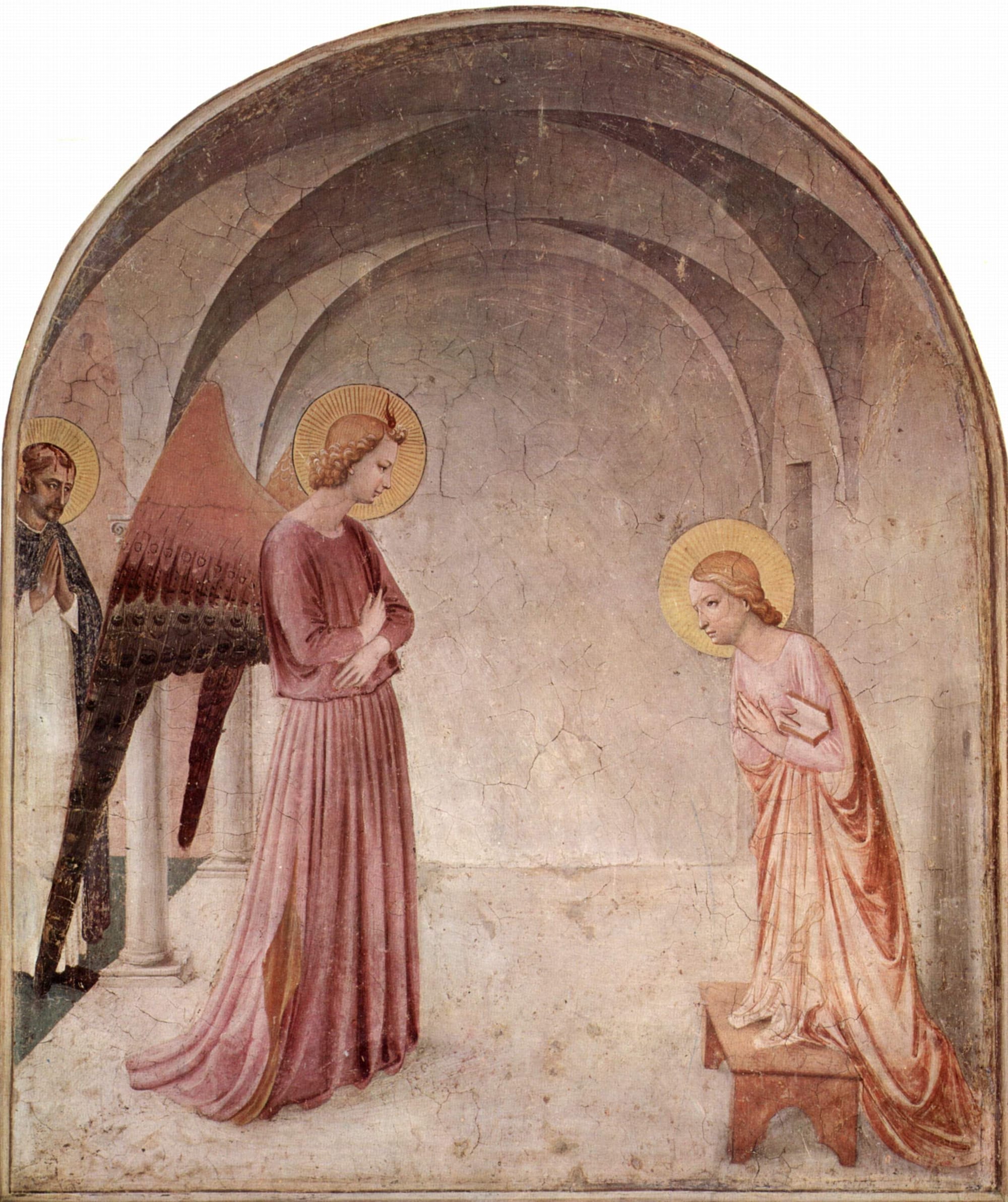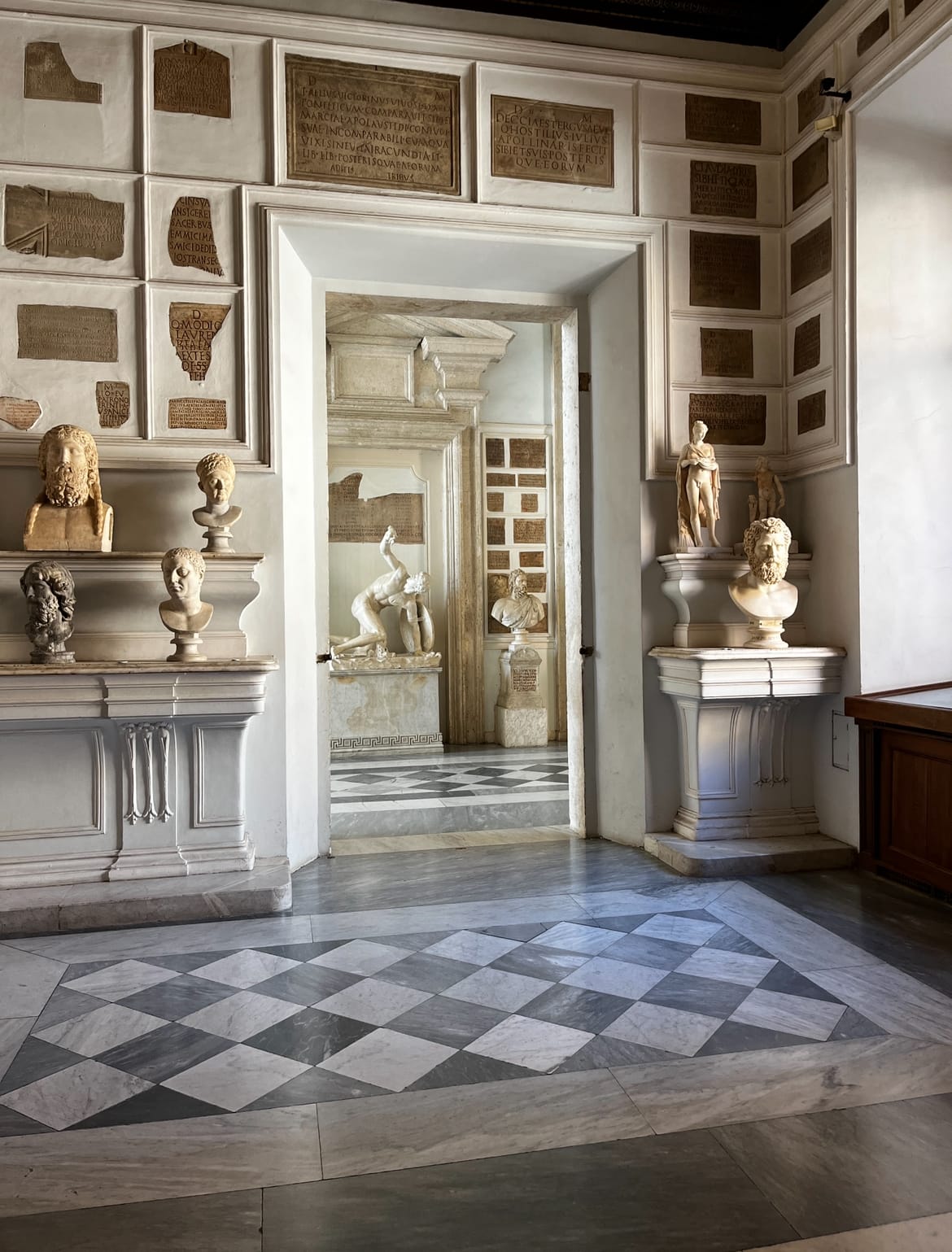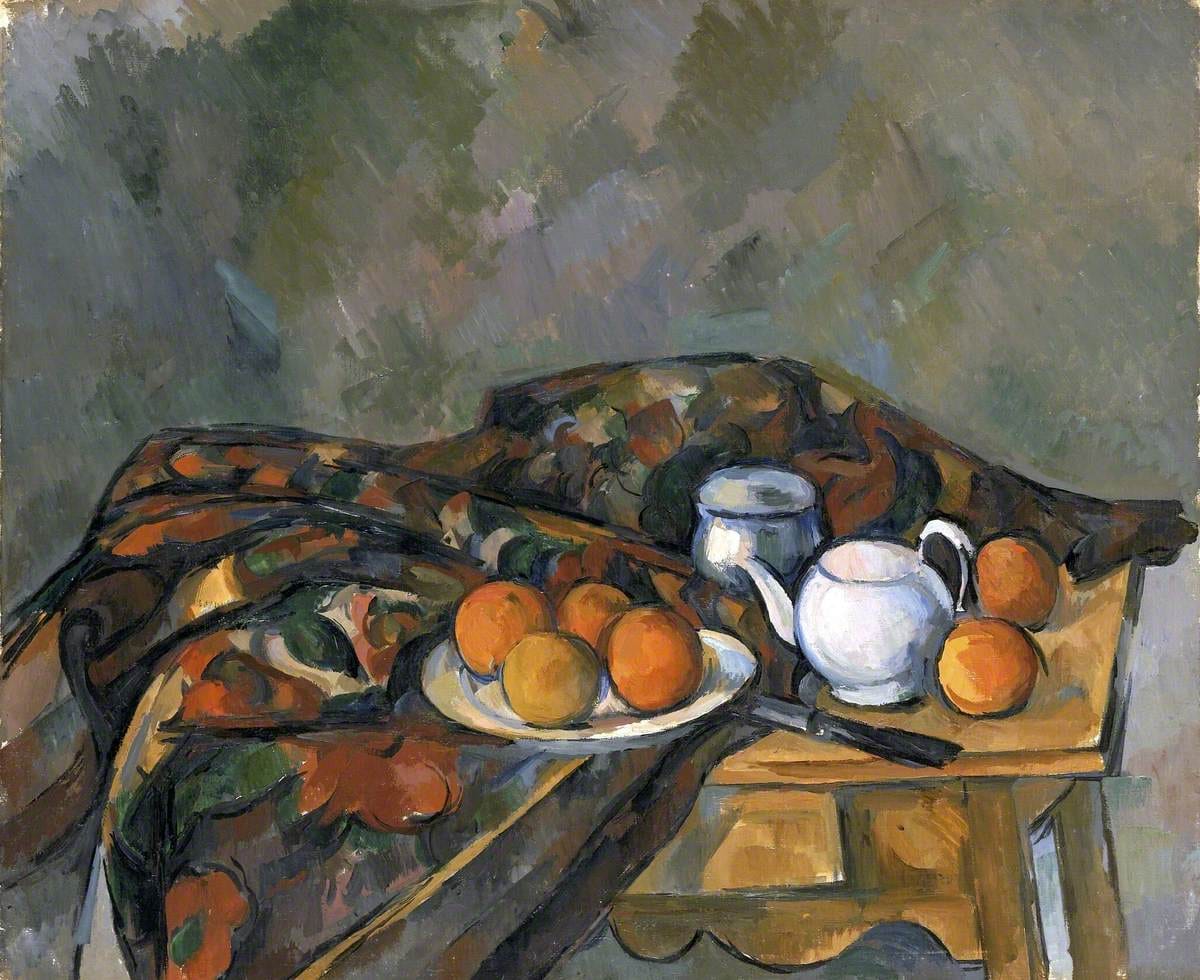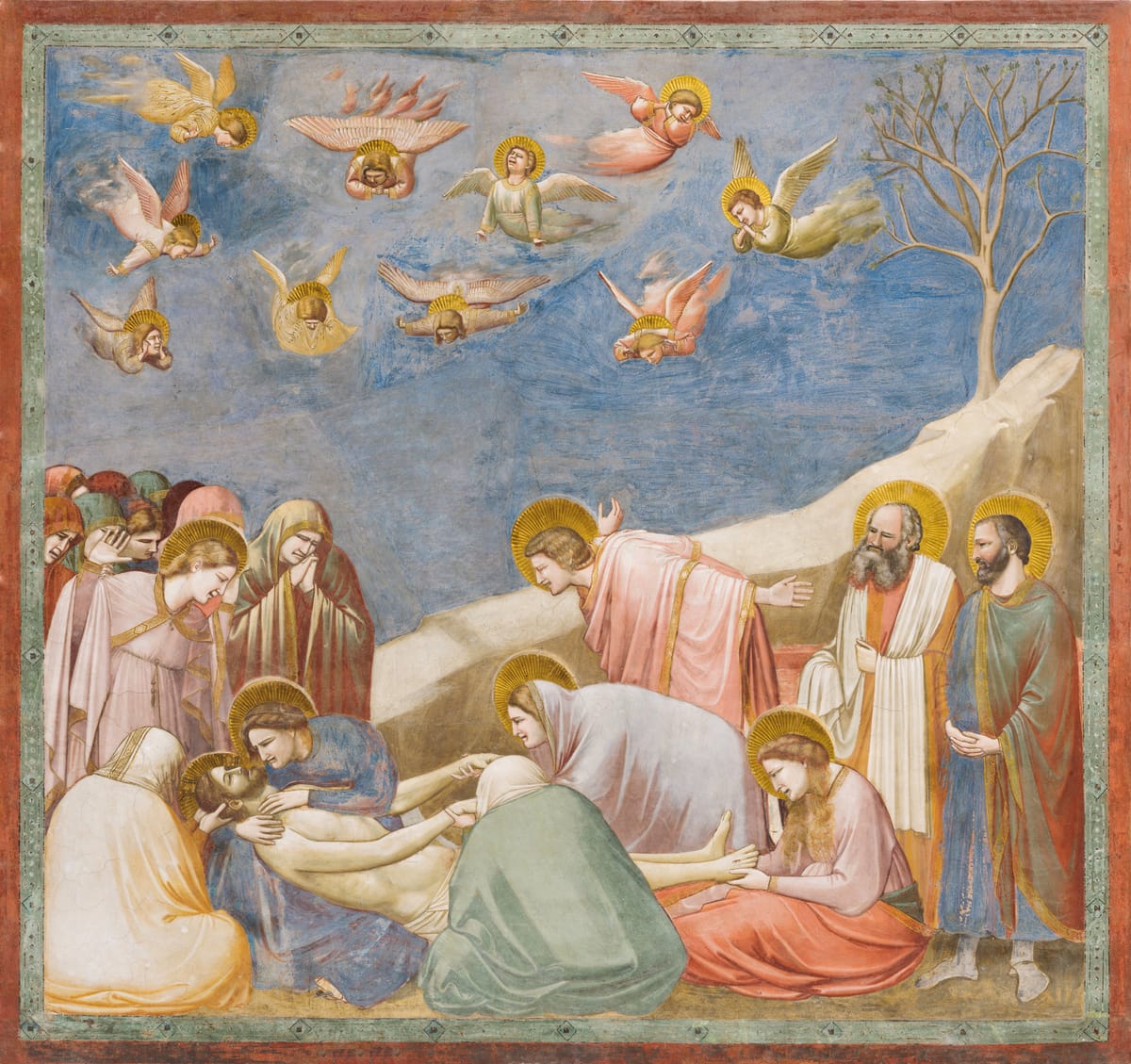When I was in high school, my English teacher asked the class to rank three ideas in order of importance: “truth,” “beauty,” and “goodness.” I was the only person in the class who didn’t rank “beauty” last – I went for goodness-beauty-truth. I tell this story insufferably often, because I think it a) makes me look interesting and b) confirms that no one gives a shit about beauty (most people put “truth” first, which I find depressing).
My English teacher did not (to my memory) mention Immanuel Kant, but the exercise was obviously based on his ideas – not that I knew it at the time. He was the first philosopher to separate those three things, which was really the beginning of the end. Before him, they were intertwined: anything beautiful must be good, true, and divine, because divinity was the source of all three. An easier time. We’ve been on a collective journey since the Enlightenment to pin down beauty and why it does, or doesn’t, matter in a secular world.
The profundity of beauty isn’t in our lexicon anymore. The way that it can transcend, inspire, bring solace, is at odds with the relentlessness of late capitalist survival-mode living. Pleasure, delight, joy, wonder, love: they all walk hand in hand with beauty in their vulnerability, magnitude, humanity – and in their lack of cultural currency. Now, “beauty” means makeup and skincare. It’s a tool we use to look hotter, or a synonym for “pretty.” It’s trite – and doubly so because it has been consigned to the feminine.

How did this happen? When did the meaning of the word shift so profoundly, and in particular, when did beauty become a dirty word in the art world? It’s certainly not fashionable to be interested in the beautiful – art should be challenging, disruptive, inscrutable, critical, self-reflective. The history of beauty isn’t really present in our short-term cultural memory. I’m not the first to notice this. “A lot of traditional thought doesn’t make sense to people because it assumes the importance of the beautiful,” writer and thinker Marilynne Robinson said in an interview last year. “We have desensitised ourselves to beauty quite considerably.”
In another interview last year, the novelist Sally Rooney said, “it would be hard for me to untangle completely my idea of storytelling, or even the pursuit of artistic beauty, from the idea of God and the divine.” Rooney has been an outspoken atheist and Marxist, but here she is, telling us she can’t quite let go of the idea of the divine when considering beauty – or perhaps, can’t quite imagine an alternative, even centuries after Kant suggested we should seek one. Rooney is at the other end of the ideological spectrum from Robinson, who is the most prominent Protestant theological writer in America (along with being a Pulitzer-winning novelist). The fact that they are both thinking about beauty and how it functions (or doesn’t) in a secular world tells me we are at the crux of this set of questions.
I’ve been thinking about beauty’s strange maligning for years, and have a running note on my phone listing interesting or odd mentions of it. They include New York Times darling Ezra Klein recently saying that beauty, not hope, is the opposite of doom (partly agree) and Sophia Giovanitti’s claim in her book Working Girl: Selling Art and Selling Sex that we cannot be challenged by beauty (fully disagree).
I’m not after a specific aesthetic of beauty – I couldn’t, and wouldn’t, seek to define one. Trying to do so has always been futile. The writers, thinkers, and artists who have written about beauty from a philosophical perspective have mostly agreed on the basic idea that it is a combination between the eternal and the ephemeral, an un-pin-downable thing that is both universal and completely personal. That intangibility is what makes beauty so enticing, and concerning, rather like faith. It cannot be proved or made certain. It is a visual descriptor and also an experience.

The philosophy of beauty in the West is entwined with various revivals in interest in the classical antique – in the Renaissance, and again in the Enlightenment. Today, though, classical aesthetics have become politically aligned with the right: it has been called the “antiquity to far-right pipeline” and is highly visible in the innumerable classical-themed X/Twitter accounts posting anything from fascist propaganda to lightly sexist erroneous historical content. It’s a key tool in the construction of a heritage of whiteness, and the continuation of white hegemony. Remember when then-Prince Charles called the proposed modernist expansion to London’s National Gallery a “monstrous carbuncle” that would ruin the classical building? It was such a PR disaster that the plans were abandoned. One of Donald Trump’s first executive orders in his second term, signed in January 2025, ordered federal buildings to reflect “classical architectural heritage in order to uplift and beautify public spaces.” The politicisation of this specific tradition of beauty makes it hard to parse how the word can mean much more. There’s a pulse throughout this discourse that beauty has been “destroyed” by an Othered source – generally someone (or everyone) who is not a white man.
It’s ironic, because it was white men who arguably did first “destroy” beauty. Oscar Wilde was denounced as “a well-known apostle of the beautiful” – as if nothing could be worse – by William Powell Frith, a Victorian painter who is incidentally (in)famous for having two families (one secret) and fathering 19 children between them. In the early twentieth century, Modernist thinkers began separating the way we talk about the beauty of art and other beauty – of landscapes, people, feelings. That distinction has been hugely influential in the way that art has been highly intellectualised in the twentieth and twenty-first centuries. It paved the way for some (but not all!) Modernist artists and critics to explicitly reject beauty in their work. The history of aesthetics is long and complex – I won’t rehash it here (although it might feel like I’m trying to), when it has been done so well elsewhere.

But now, we are at a crossroads. Art has become siloed from the realities of most people’s lives, ever more austere, challenging, and expensive. Beauty has become politicised, reduced to a synonym of pretty or a right-wing buzzword. And we live in a world, at least in the secularised West, without a real vocabulary for profundity. But the old meaning of beauty, or a fumbling for it, is a current that still runs beneath the entire construct of visual culture in the West. Strangely, it seems to be the art world that is most alienated by it. Still animated by an insular critical atmosphere that seeks novelty and shock at all costs, the notions of aesthetic delight, art for its own sake, beauty, are considered almost kitsch. Without the fulcrum of the divine to ground it, beauty has lost currency.
Amidst the global swing towards fascism, the way beauty functions in art and wider visual culture will only become more politicised. The use of traditional, classical visual language of the beautiful will continue to signal far-right nationalism, and the word itself will retain its connection to the divine as it is usurped by evangelical crusaders. But alongside those tides of evil, the most expansive way of understanding beauty will remain. Humanity’s general capacity to be moved by looking at something is fundamental to our existence. The language that we use to talk about that feeling has been twisted and warped in the last century, but the urge to make and see beauty is not something we can escape. Art – its makers, viewers, and critics – has a choice to make. Do we relinquish “beauty” to those who wish to make it signify submission, or do we reimagine and reclaim the complexity, profundity, and spaciousness of the beautiful? What is the purpose of art without the framework of beauty to structure our perception of it?
If I were asked again to rank “beauty,” “truth,” and “goodness,” I’d be bolder: I’d put “beauty” first. I don’t know how I acquired such a deep confidence in the importance of creating, seeking, and appreciating beauty, but it is only growing. The freedom that beauty represents is fundamentally human. I refuse to cede a narrow, falsely historicised conception of it to racist, authoritarian politicians, nor a shallow, saccharine one to art world tastemakers. Whether we call it beauty or not, we are all looking for transcendence – or we should be. I’m going to keep calling it beauty, and keep saying art is beautiful, even when people roll their eyes in response. Whether or not you agree, we should be talking about it: it’s a battle that will define our era in visual culture.

